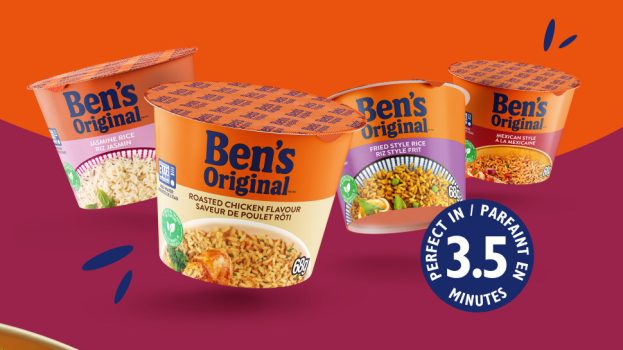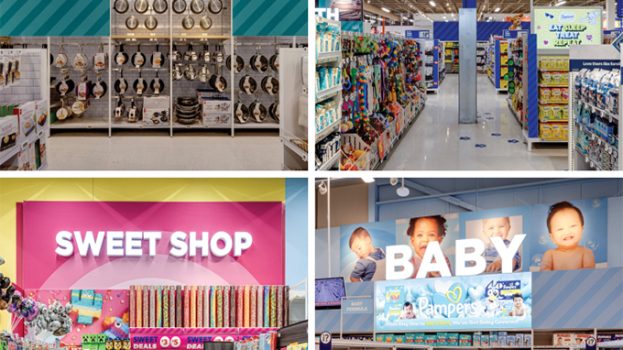Mobilizing big online focus groups can be a bit like herding cats, so Vancouver-based Rival Technologies and Reach3 launched Mobile Community, a mobile messaging platform that makes it easier to manage and talk to shoppers, especially those of a younger gen.
A brand recruits members of a Mobile Community, engaging with them through social, chat-based and mobile-first conversational surveys that mix text, images, GIFs, and videos with a user interface like Messenger rather than relying on staid email engagement.
Early adopters of Rival’s mobile-first consumer research platform include CPG brands like Kimberly-Clark, Diageo and Mast-Jägermeister US.
Rival Tech and Reach3 report response rates that are within hours of deployment rather than days as seen in conventional email surveys. They also boast re-engagement rates of 40=60%, which are higher than the industry average, thanks to a more conversational tone and familiar (at least to a younger audience) user interface.
“The key is to make it easy, and to put it in context of how people are living their daily lives,” according to Andrew Reid, CEO of Rival Technologies, who says the platform can help brands better understand the buying habits of harder-to-reach younger consumers, with insights into their routines, emotional drivers, their use of e-commerce and brand experience.
Consumers’ comfort levels when it comes to using front-facing cameras is improving, Reid says, and so the platform occasionally collects video and audio responses, which add a human layer that text-only surveys do not typically provide. He adds traditional email-based survey instruments often feel like multiple choice tests and they take a while to fill out. The Mobile Community surveys overcome these challenges by engaging with members through short bursts, Reid says.
Matt Kleinschmit, CEO and founder of Reach3 (part of Rival Technologies’ expanded consultancy) says Kimberly-Clark was investing heavily in optimizing its e-commerce experience when it started working with his team.
The CPG company, Kleinschmit says, found that it was under-indexing on products that seemed tailor-made for e-commerce, such as adult incontinence products. So Rival and Reach3 worked with the brand to understand why this was the case, and surveyed respondents about their likes and dislikes of e-commerce platforms, looking at user experience, from the good to the pain points. Kleinschmit says based on its insights, Kimberly-Clark made UX recommendations to a large online retailer where its products were sold, which resulted in a 20% boost in sales for the CPG six months later.
As for Mast-Jägermeister US, Kleinschmit says the brand had painted itself into a box, in that it was primarily associated with one particular usage occasion, college parties and nightclubs, and among one particular demographic, young adults. The brand found it had little relevance among boomers, but also with drinkers who had just come of legal age.
“We set up three little mobile communities,” Kleinschmit says. “We engaged people by generation, recruiting several hundred from each community, and engaged with them over months to really understand what Jäger stood for for them, to get a good foundational landscape about how it fit in with each consumer.” The brand found a new white space and usage occasions within the cocktail culture, from which it had been excluded in many markets.
According to Kleinschmit, another advantage of the platform is that there’s two-way communication: consumer info can be captured, but brands can also communicate back, and thank users directly for their feedback – even through a CMO, for example, letting them know that their changes or suggestions are going to be implemented. People appreciate feeling like their voice is heard, he says, which is a main driver for re-engagement.























